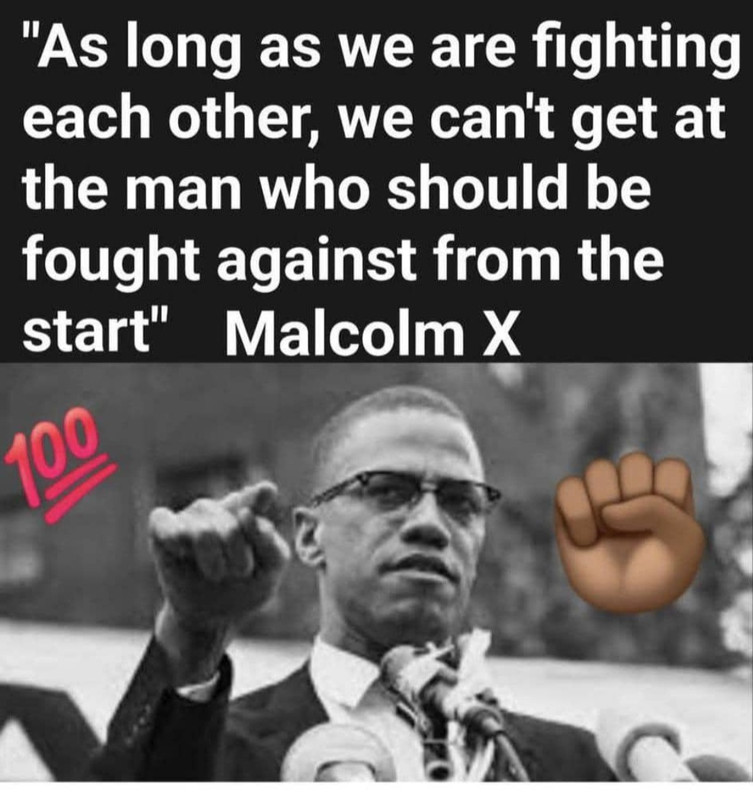fukk these nikkas
she wrote another study that details how they primarily helped other west indians
she wrote another study that details how they primarily helped other west indians
Yet, in all of this analysis, Haynes and others overlook a crucial advantage that West Indians had, and which made these stories of dominance possible: access to capital. Supporting the viewpoint that West Indians’ access to capital was central in completing the story of their business dominance, subsequent commentators have been crit-ical of Haynes’s contention that West Indians did not have an advan-tage in relation to African Americans in accessing capital. For example, sociologist Roger Waldinger argues that West Indians financed their early foray into the housing markets “through rotating credit associations” or “susus.”98
These susus were “imported with them from the islands.”99 Susus were essentially informal banking mechanisms, undergirded entirely by West Indian networks that were only able to function because the tight-knit community ensured that participants did not default.100 Similar mechanisms have been dis-cussed by Cao and Posner in the context of Korean, Cantonese, and Japanese communities.101 Susus appear to have been ubiquitous in West Indian migrant society from the early 1900s, “[f]rom the daily domestic worker [to] the sleep-in maids, the elevator operator, to the factory worker, from the porter to the government servant, the migrants got together to form their ‘susus’ . . . .”102 Thus, a narrative that seeks to explain West Indian success in the United States, but which ignores the very mechanisms through which this success was funded, fails to provide a complete narrative.
Amy Jacques Garvey, the second wife of Marcus Garvey, confirmed the signficant role that rotating credit associations played in financing early West Indian businesses.107 There is also evidence that community-based informal credit associations later evolved into formal financial institutions, facilitating even higher levels of home and business ownership. This, for example, was the genesis of the Paragon Credit Union in Brooklyn, which pro-vided loans for its West Indian members to purchase homes.108 Larger
and more ambitious financial entities are also believed to have their genesis in informal savings arrangements. For example, the United Mutual Life Insurance Company—at one point one of the largest Black-owned enterprises in New York—developed from a burial society, namely, an informal credit association formed to subsidize funeral costs, consisting of mostly West Indian members.109 Similarly, West Indians were instrumental in the formation of Carver Federal Savings Bank—later the largest Black-owned financial institution in the United States—which was founded in part to provide capital for customers of West Indian realtors.110



 , to skip all of this and point the finger at Black Caribbeans and accuse them of Ethnic Cleansing, an allegation the paper didn't even make? I'm not sure what beef he has against Africans and Caribbeans in America but I promise you whatever grievances you have with them PALE compared to the beef you should have with the white man (who you adore for some reason).
, to skip all of this and point the finger at Black Caribbeans and accuse them of Ethnic Cleansing, an allegation the paper didn't even make? I'm not sure what beef he has against Africans and Caribbeans in America but I promise you whatever grievances you have with them PALE compared to the beef you should have with the white man (who you adore for some reason).




